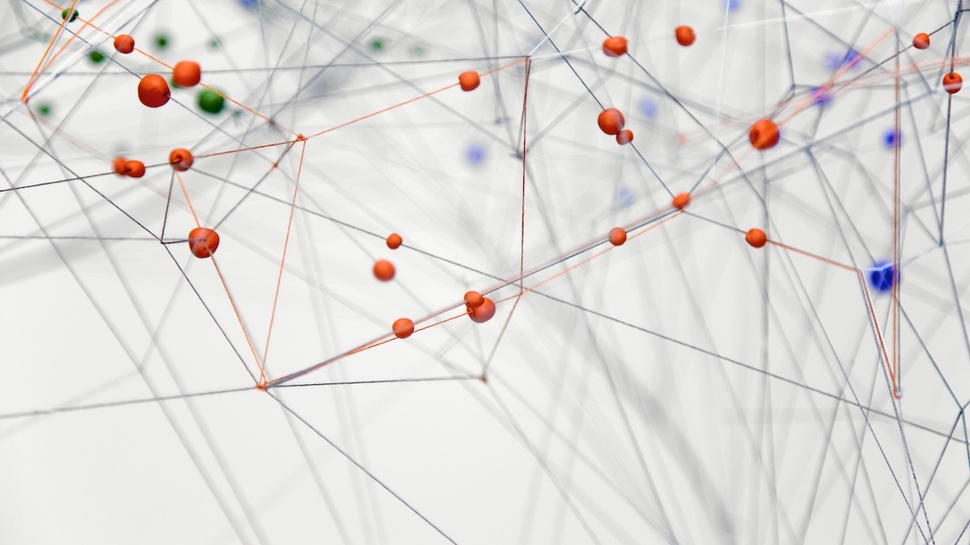If you witness a human rights violation taking place during a protest or demonstration, the first thing you may want to do is reach for our mobile phone or camera to record it and later share it online or keep it for legal use. However, if you're not careful, recording and sharing abuses could get you or others into trouble, so consider the following before hitting record and share.
First of all, make sure you are in as physically safe a space as possible before you start taking pictures or filming. Ideally have another person recording you, while you film and vice versa, in case you become the object of aggression or harressment by police or adversaries. This tactic can be planned for in advance with your affinity group.
If you're using a smartphone, there are a number of ways to safely take pictures or video: Obscuracam allows you to blur faces, and CameraV gives you control over the meta-data in the images or video. The eyeWitness to Atrocities app allows you to record legally verifiable footage and images and Mobile Martus is designed for documenting human rights abuses. Mobile Martus also allows for encrypted transfer of messages, and you can upload content online while protecting your identity by using Orbot. When sending files, avoid MMS messages which are not encrypted. Consider using an end-to-end encrypted messenger like Signal, or GPG encrypted mail. If you're storing the content on an SD card, consider encrypting your phone or make the card 'run' – give it to someone else who will take it to safety.
If you have recorded any violations during the event and now want to publish or share them, you may want take some measures to protect your identity and the identity of others in the pictures or video. Pictures and videos contain EXIF data, a kind of meta-data that can identify where, when and even by whom the picture was taken. You can remove this metadata using tools like Metanull, the Metadata Anonymisation Toolkit or CameraV. CameraV can also be used to add extra metadata to images or video, which can be useful for verification. When uploading or sharing material, cover your tracks by using the Tor Browser (or Orbot for your Android smartphone), or a VPN service which will also help you access blocked websites. If you are concerned about the safety and legal implications of sharing the information you’ve gathered, get expert advice and support from lawyers and human rights organisations. Make sure to keep secure backups and consider whether to keep non-anonymised materials (and if so, how).
For more on the use of CameraV for documentation purposes, see the interview Metadata or it didn't happen with Harlo Holmes on Exposing the Invisible.
